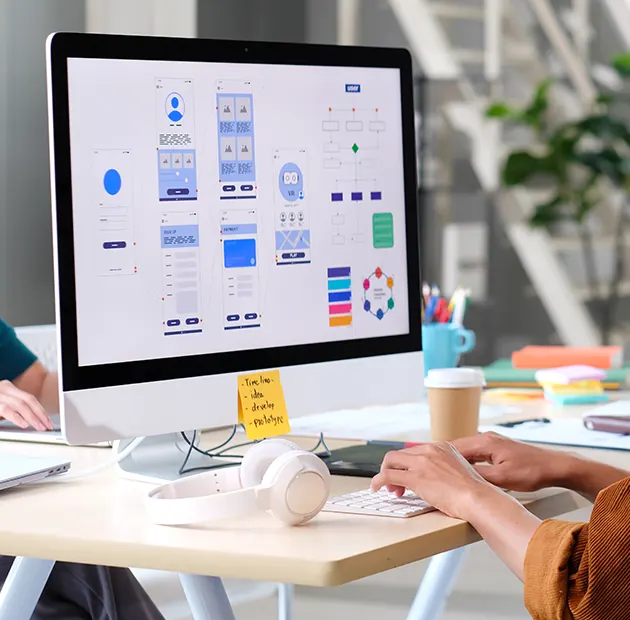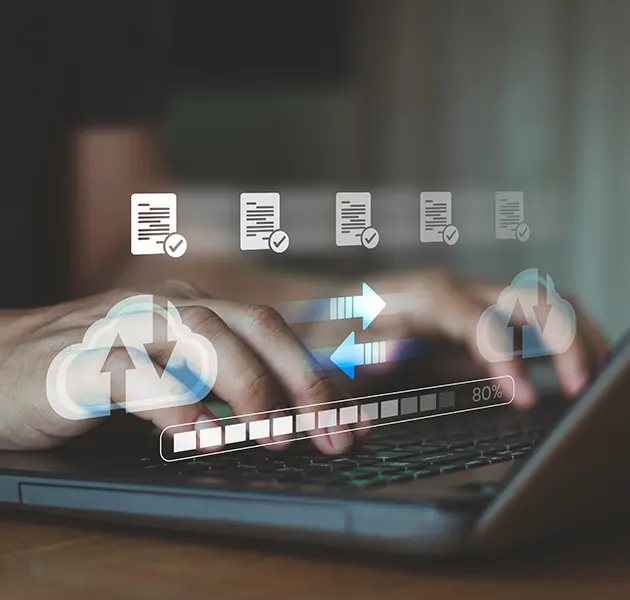Digital solutions overview
Comprehensive approaches for digital technologies and connected devices

Inside a computer
Understanding computer hardware basics
Central Processing Unit (CPU)
The brain of the computer, responsible for executing instructions and performing calculations.
Motherboard
The main circuit board that houses the CPU, memory, and connects all other components of the computer.
RAM (Random Access Memory)
Temporary memory that stores data and instructions needed by the CPU during active processes.
Storage Drive (HDD/SSD)
Long-term storage for the operating system, applications, and data. SSDs offer faster performance than traditional HDDs.

Mobile app development
Getting started with mobile applications
Installing a mobile application involves setting up a specific piece of software on a smartphone or tablet, giving users access to a wide range of features such as communication tools, productivity aids, entertainment platforms, or professional services. This process typically begins by downloading the app from an official source like the App Store or Google Play. Once the download is complete, users follow a series of device-specific instructions to finalize the installation. This may include granting permissions, creating an account, or adjusting settings to tailor the app experience to individual needs.
Application updates
Principles for developing software and business applications

API integration
A business application that incorporates an open-source API enables automated data exchange between inventory systems and online storefronts. This integration streamlines order processing and reduces manual entry, benefiting retail operations that manage multiple sales channels. Such solutions are widely implemented in logistics and e-commerce sectors.

Lifecycle management
A software maintenance plan that includes regular updates and security patches helps prevent vulnerabilities in enterprise resource planning platforms. Scheduled reviews and incremental improvements ensure compatibility with evolving business needs, particularly in organizations with distributed teams. This practice supports operational continuity and compliance.

Performance tuning
Optimizing application performance through load balancing and code refactoring reduces latency in customer relationship management tools. These adjustments are essential for platforms handling high volumes of user requests, as seen in financial institutions and customer service centers. Efficient resource allocation contributes to user satisfaction and reliability.
Reimagining business growth
Embracing digital transformation for business growth
In today’s fast-paced world, embracing digital tools has become essential for staying competitive. Digital transformation helps streamline internal processes, enhance customer relationships, and unlock new business opportunities. Whether through task automation, cloud services, or data analytics, companies gain agility and responsiveness. When properly managed, this shift offers a powerful engine for innovation and sustainable growth, regardless of the organization’s size. If you need help with your company’s digital transformation, Axians is the right address!

Safeguarding your business
The key elements of cybersecurity for a protected business
Cybersecurity is a critical issue for any company looking to safeguard its data and infrastructure against cyberattacks. To ensure effective protection, it is essential to implement a combination of strategies, such as using strong passwords, regularly updating systems and software, and training employees on online risks. Establishing strict security protocols, like two-factor authentication and encrypting sensitive data, also strengthens defenses. Finally, having an incident response plan in place is vital to quickly react in case of a security breach, thus minimizing the impact on the business.